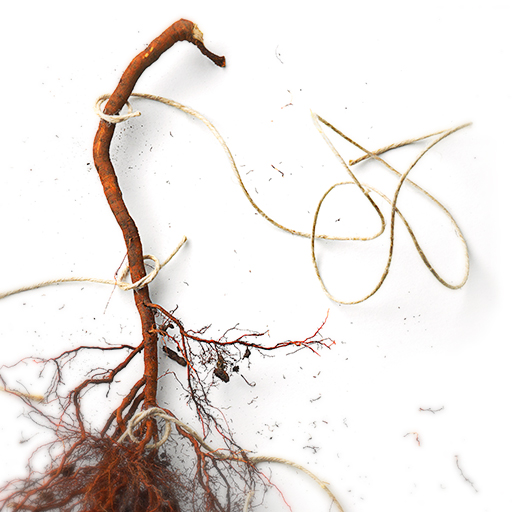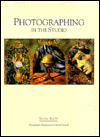![]()
 |
|---|
Autumn 2019 PREVIEW
This is an introductory level, hands-on course in photographic studio lighting techniques to create expressive images of inanimate subject matter [still life] and portraits of people. With an emphasis on safe handling and operation of various lighting systems, students learn to unleash creativity by gradually expanding their range of knowledge about light, how to identify its many qualities, and how to use it as a deeply integral visual element in their images. It's a comprehensive overview that develops reliable methods of working with ambient tungsten and electronic strobe lights. During studio work sessions the instructor identifies strengths of a set construction, areas needing refinement, and provides work skills found in industry that can be used in almost any studio environment.
More often than not, and with good intentions, making photographs can be a very lonesome experience. Many photographers prefer to work alone to produce images for assignments by selecting visual elements of the tactile world, aiming the camera, responding to moments in time, and being witness to an endlessly unfolding sequence of events. This common method of seeing and constructing images is known as the subtractive process, since the photographer starts with an abundance of subject matter to capture, but then must reduce their composition into a very small part of the whole scene. The strategically crafted selection, arrangement, and formation of visual elements can convey ideas to a viewer.
The studio can comparatively feel very foreign after having grown familiar to working in the tactile world. The aforementioned photographer stepping into the studio for the first time is briefly disrupted in their approach to subject matter and image construction, because the method of working in here has shifted entirely. In addition to the environmental change, s/he suddenly finds themself working in a small team of support people but then realizes that group problem solving can be advantageous to working alone. This specialized method of seeing and constructing images is known as the additive process, since the photographer starts with an absence of subject matter to capture, but then must produce their composition into a whole scene from many parts. The strategically crafted selection, arrangement, and formation of visual elements can convey ideas to a viewer.
There is no right or wrong being expressed here. One workflow is not necessarily better than the other. They are simply two methods of meeting a relatively common outcome. But the greatest benefit of working in the studio is that the principles of light a student gleans can be used out in the tactile, natural world, which dramatically increases the quality of that work. What surprises students most about working in the studio is the amount of time spent preparing before touching the camera's shutter release — the world seems to slow down in here and that's normal. There is an enormous amount of new information and equipment that needs to be understood, and that can be intimidating, but not impossible to master. It requires commitment, practice, patience, and support of your team members for it to be productive and enjoyable. Attempt to learn something no matter what role you perform from assignment to assignment. You can garner a great deal by just observing what others do and how they solve visual problems.
Course Objectives
• Obtain a proficient method of safely constructing and lighting a studio set.
• Properly select a combination of lighting system and color temperture adjustments.
• To be introduced to high-end digital image capture devices, software applications, and peripherals.
• Understand how to calculate correct exposures with a hand-held light meter.
• Implement various exposure bracketing strategies for digital capture.
• Safely utilize tungsten & strobe lighting systems with light modulation devices.
• Display a command creating images with combination of strobe and ambient light sources.
• Understand critical photo-industry tools, techniques, and work related skills.
• Create photographs that convey ideas.
|
||||||
|||—— GRADING SYSTEM ——|||
• ATTENDANCE
• CRITIQUES AND PARTICIPATION
• IMAGE CONSORTIUMS
• VOCABULARY — QUIZZES
• LIGHTING PLOTS
• MID-TERM & FINAL EXAMS
• FINAL PORTFOLIO
Don Werthmann
professional faculty — photo
washtenaw community college


